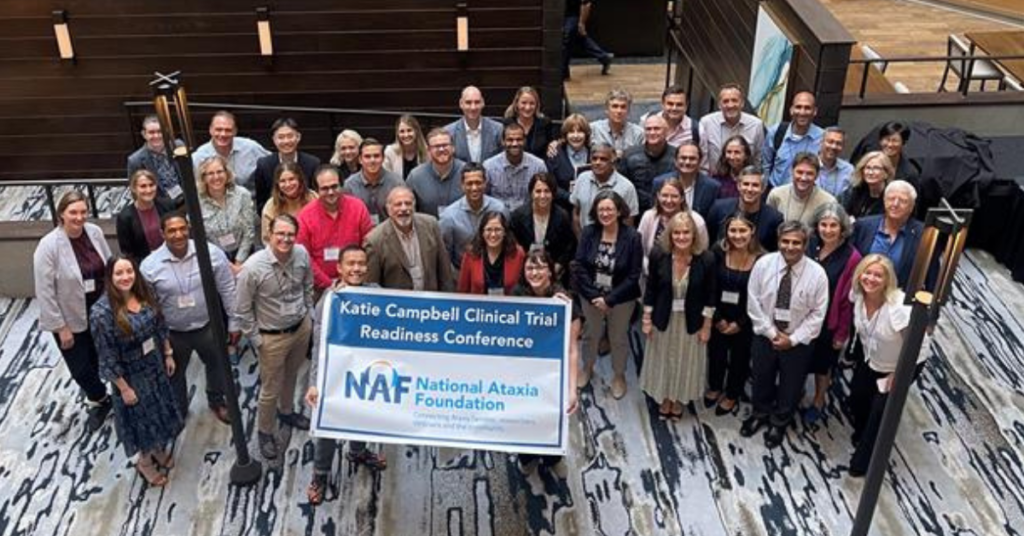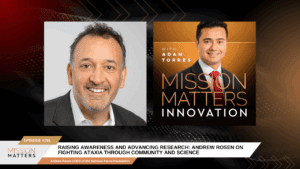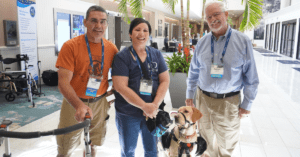
The following is a high-level overview of the Katie Campbell CRC-SCA Face-to-Face Meeting held from September 11-13, 2023, in Bloomington, Minnesota. This meeting focused on logistics and discussion of the ongoing Clinical Research Consortium for the Study of Cerebellar Ataxia (CRC-SCA) Natural History Study.
Session 1: CRC-SCA Progress and Introductions
The beginning of the meeting focused on introductions. There were many attendees, including:
- Researchers and study coordinators from CRC-SCA study locations across the USA and Canada
- NAF Drug Development Collaborative Members who are representatives of pharmaceutical companies interested in developing Ataxia treatments
- Staff from the National Ataxia Foundation
Next, updates about the progress of the CRC-SCA natural history study were shared. This included the number of patient visits that have happened in 2023, both from new and returning participants. The number and types of biological samples collected from patients, such as blood or cerebrospinal fluid, were also shared with the group. Overall, we are meeting the participation goals that were set at the previous CRC-SCA meeting.
Then there was a discussion about the logistical aspects of the CRC-SCA natural history for 2024. The attendees talked about updating paperwork, how data will be analyzed, and setting up payments.
Session 2: Where Do We Go from Here?
The next session focused on how the current protocols for the CRC-SCA natural history could be changed in the future. There was a discussion about how to encourage innovative research ideas. One suggestion was how different ataxia symptom measurement tools could be added to the study.
Early data from a new MR imaging technique added to the study last year was shared with the group. The initial results are quite promising. This MR imaging will continue for the next three years, allowing researchers to measure changes in participants’ brains over a long period of time.
The session ended with a guest talk from the National Institutes of Health. A speaker from the National Institute for Neurological Diseases and Stroke shared with attendees the different funding and support programs available through the government for Ataxia research.
Session 3: Natural History Data in Action
After talking about the future in session 2, this next session focused on the present impact of the CRC-SCA natural history. Speakers in this session shared how they have used research findings from the CRC-SCA to better understand ataxia. This included how Ataxia symptoms change over time, how to best measure physical symptoms, and how to measure changes in people’s brains.
Session 4: Shaping Future Trials and Treatments
The final session of the meeting discussed how findings from the CRC-SCA natural history are shaping clinical trial design and treatment development for ataxia. Like previous sessions, presenters also talked about how we can better measure ataxia progression over time. Speakers shared data about how different symptoms impact the quality of life for people with ataxia.
The meeting closed with a discussion of next steps. Meeting attendees were excited for what the future has to hold for the CRC-SCA natural history study.
Written by Celeste Suart, PhD. Edited by Kelsey Trace, OTD.
Learn more about related topics:
















